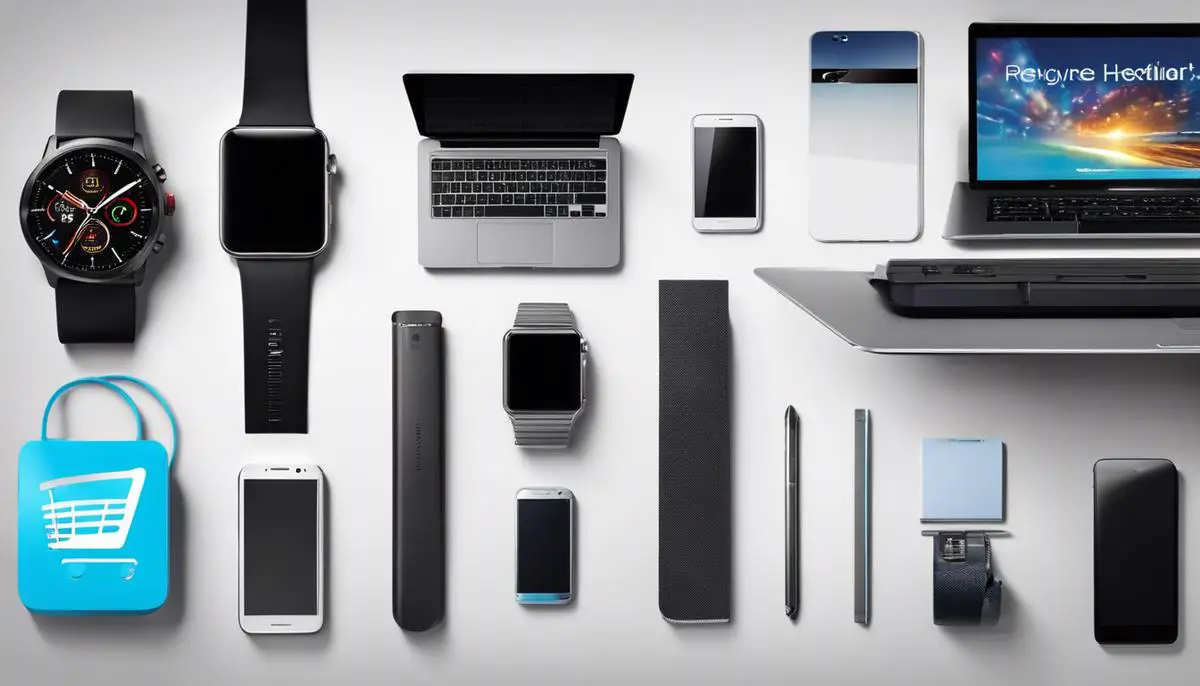The Apollo program, universally lauded for its groundbreaking work in space travel and exploration, remains a seminal moment in human history. But beyond the colossal achievements in space exploration, the program has also bequeathed an abundance of revolutionary technologies that have rippled through various industries on Earth. This exploration delves into the profound influence of the Apollo program on everyday life, underscoring the ways in which technologies born out of necessity for space exploration have been repurposed and integrated into our daily systems. The focus will be on the propagation of these technologies across various sectors – from enriching household utilities to catalyzing advancements in the medical field, and from redefining environmental studies to plotting the future trajectory of space technology transfer.
Contents
Enrichment of Everyday Technology
Everyday Technologies Birthed from the Apollo Program
Decades ago, the Apollo program captivated the world and led to momentous strides in both astronomy and technology. While landing a man on the moon was indeed an astronomical feat, several remarkable inventions spawned from this program that would eventually become indispensable in everyday life.
Consider the ubiquitous DustBuster you might have in your home. This common handheld vacuum finds its origins in the Apollo moon landings. During the Apollo missions, NASA required a portable, self-contained drill capable of extracting core samples from below the lunar surface. Black & Decker, the company tasked with this project, developed a computer program to optimize the design of the drill’s motor and ensure minimal power consumption. This technology was later utilized to create the DustBuster in 1979.
Speaking of power efficiency, a prime example would be solar panels. A growing concern during the Apollo missions was ensuring a reliable, sustainable source of power for the spacecrafts. The resolution took the form of solar cells – a concept not entirely novel, but NASA’s efforts significantly advanced its efficiency and effectiveness. The technological leap in solar power engendered by NASA’s needs indubitably spurred the development of the efficient solar panels adorning rooftops across the world today.
Ever wondered about the stuff inside athletic shoes that make them so comfortable? Meet ‘memory foam’, an innovation derived from the Apollo missions. NASA developed a form of foam, initially termed ‘temper foam,’ to increase crash protection for airline pilots. This foam had the unique property of evenly distributing body weight and pressure, thus offering excellent shock absorption. Today, it forms the cushioning in athletic shoes, mattresses, and various forms of protective equipment.
Lastly, let’s talk about the technology that became a keystone for emergency rescue services: the satellite tracking system. NASA’s work on satellite communication and tracking during the Apollo missions played a catalytic role in developing the Search and Rescue Satellite-Aided Tracking System (COSPAS-SARSAT), a global system of satellites to detect and locate emergency beacons. Since its implementation, it has been integral to countless rescue operations worldwide.
While these are only a sample, they illustrate a powerful point: the influence of the Apollo program transcends the field of space exploration. The technologies it inspired are embedded in the quotidian fabric of modern life, testifying to its enduring impact on human civilization.
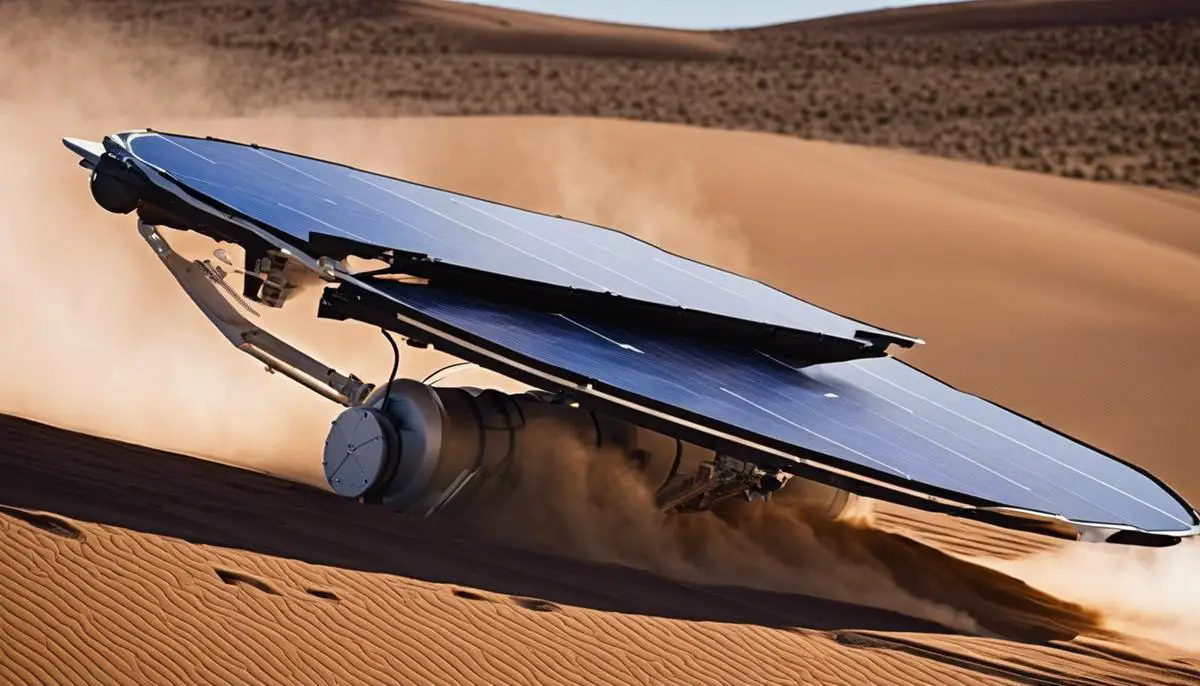
Medical Technologies and Health Innovations
Health technologies and Apollo: A symbiotic relationship forged in space
When one casts their thoughts to the iconic Apollo program of NASA, visions of Moon landing, American flags, astronauts in their bulky spacesuits, and gaming-changing technology like memory foam and DustBuster spring instantly to the mind. Yet, another pivotal transfer of technology went somewhat under the radar – the remarkable advancement in health technologies. Indeed, the marriage of health studies and the space program resulted in extraordinary spin-offs that still inform patient care in the 21st century.
One such stirring example of technology transfer is the synchronization between Apollo-era materials and the development of artificial limbs. The breakthrough in foam and fabric technologies during the Apollo program resulted in more resilient and dynamic prostheses. As a result, amputees reaped benefits due to light-weight, energy-absorbing artificial limbs that mirror human movement with almost startling precision. The non-degrading, shape-retaining foam provided an antecedent for forming prostheses without the need for molds, an innovation which continues to improve mobility and quality of life worldwide.
Furthermore, traversing the uncharted territories of space would have been impossible without constant medical monitoring of astronauts. The adaptation of the extensive medical monitoring system developed for the Apollo missions set precedent for remote patient monitoring. Sensors which tracked heart rate, breath rate, and body temperature in astronauts became a precursor for modern telemedicine. In turn, enabling medical health professionals to monitor and provide care for patients in rural or remote areas.
Moreover, digital image processing of lunar rocks and surface, an integral part of the Apollo missions, led to significant improvements in Computed Tomography (CT) scanning. The software used to enhance images of the Moon was adopted to produce clearer images of the body’s interior, thus revolutionizing medical diagnostics. As a consequence, precise and accurate detection of the minutest tumors became a reality, saving countless lives.
Lastly, the Apollo program sparked advancements in renal dialysis. The need for light-weight, portable water purifiers for long-duration lunar missions led to the development of small, high-capacity filters. These filters, in turn, influenced the creation of more efficient kidney dialysis machines, transforming a lengthy process into a more manageable procedure.
Undoubtedly, the Apollo program’s technology transfer resulted in significant strides in health technologies that have transformed medical practices. However, the true value of these advancements profoundly resonates with the patients who, through wearable monitors, refined CT scans, improved dialysis treatments, and better artificial limbs, enjoy an enhanced quality of life. Thus, while relishing in the glow of the Moon, let us remember that the journey to the celestial body culminated in monumental health benefits right here on Earth.
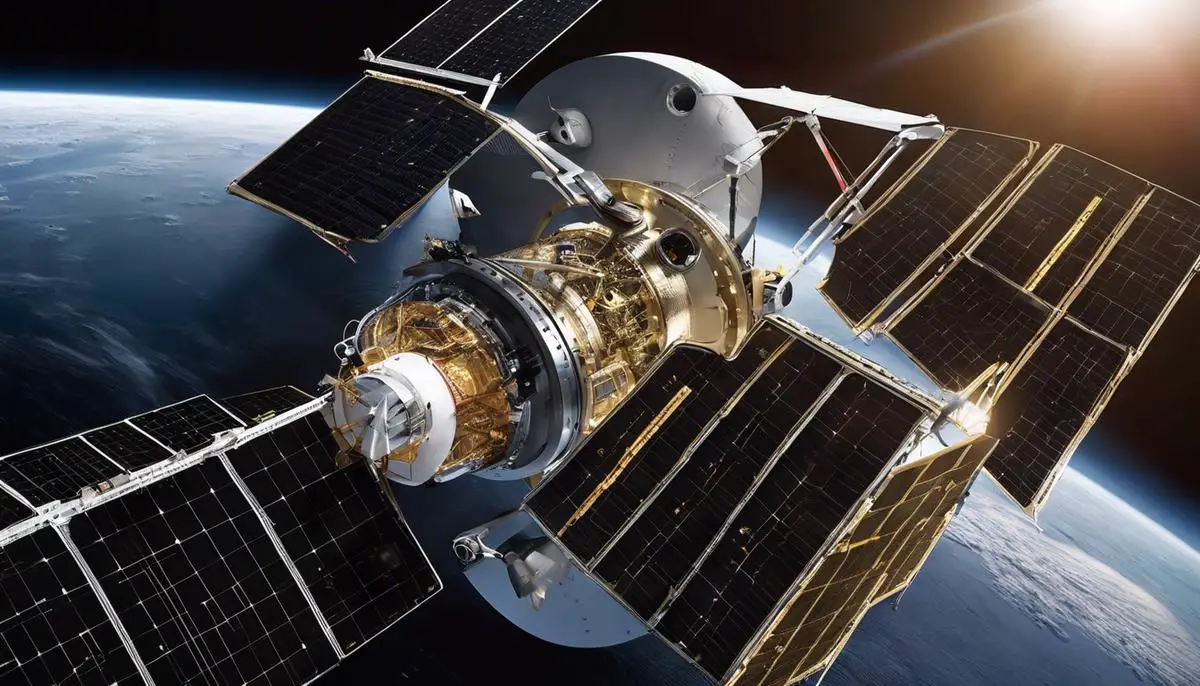
Advancements in Environmental and Geospatial Technology
Apollo-era technology has not just left its footprints on the moon, but also significantly shaped our advancements in the field of geospatial and environmental studies.
The imprint of this historical regime reflects prominently in major breakthroughs such as the advent of Geographic Information Systems (GIS), advancements in remote sensing, and the inception of the Global Positioning System (GPS).
These technological marvels have transformed our approach and abilities in environmental conservation, urban planning, and disaster management.
The launch of Landsat-1 in 1972, an offshoot of the Apollo program, marked the birth of satellite remote sensing, a tool that is indispensable in contemporary climate studies.
With its ability to monitor changes in landscape over time, this technology provides invaluable insights into deforestation rates, glacier retreat and other critical environmental issues.
It has, thus, exponentially strengthened our efforts in conserving our planet.
Extending the observational perspective from space to our fingertips, an equally significant achievement spurred from the Apollo era was the pioneering of Geographic Information Systems.
Developed to digitally store and analyze geographical and spatial data, GIS revolutionized how we perceive and interact with our environment.
Today, it is considered an essential tool across diverse fields, ranging from environmental impact assessment, habitat conservation to urban planning and archaeology.
Advances in the Apollo program also spearheaded the inception of the Global Positioning System, a ubiquitous tool in contemporary geospatial studies.
Our reliance on GPS technology extends well beyond navigation, permeating into environmental modeling, precise farming practices, wildlife tracking and many other facets of environmental and geospatial science.
LIDAR is another key technology which evolved from the Apollo program’s laser altimeter experiments.
LIDAR’s ability to create precise 3D representations of the Earth’s surface is invaluable in a variable range of contemporary necessities, from enhanced environmental monitoring to autonomous vehicles applications, to assessing flood risks and predicting landslides.
The digital imaging technology conceived during the Apollo era has also been adapted and integrated into environmental studies, enabling clear, precise imagery of our environment to a degree that was previously unattainable.
This has enormously impacted wildlife monitoring programs, water quality assessments, and land usage analysis.
In summary, the Apollo-era technology has unequivocally transformed and expanded horizons within environmental and geospatial studies, propelling our comprehension of the planet to unprecedented heights.
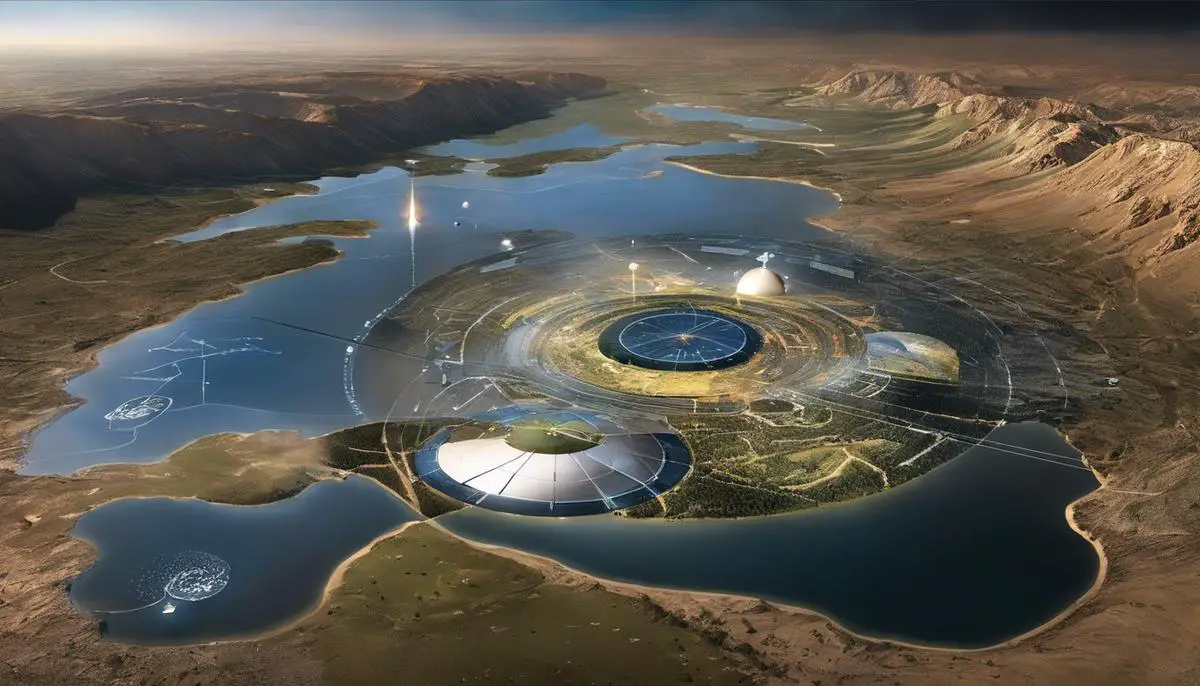
Future of Space Technology Transfer
The future is rife with potential for technological innovations spun off from deep space exploration programs such as Apollo. The world we inhabit today is populated with a myriad of technologies that have been adapted from their space-born predecessors, impacting fields from agriculture and archaeology, to medicine and environmental conservation.
Take, for instance, the advanced technologies that have evolved from the realm of satellite remote sensing. This transformational concept, initially utilized to provide environmental intelligence from a nascent space program, has revolutionized various disciples such as archeology and environmental modeling. Satellite imagery today is indispensable for archaeological expeditions, providing key insights into unexplored regions and lost civilizations. It forms the backbone of environmental modeling, aiding in predicting the potential impact of various ecological factors, thereby influencing policy formation.
Similarly, Geographic Information Systems (GIS) technology, initially a tool in mapping the lunar surface during the Apollo missions, is now crucial in urban planning and disaster management. By providing a platform to analyze spatial and geographical information, GIS tools have proven to be extremely effective in providing critical insights for precise planning of cities and locations for new infrastructure, as well as predicting and managing the response to disasters.
Space exploration’s child, the Global Positioning System (GPS), has changed not only navigation but also drastically impacted wildlife tracking, precise farming practices, and led to a revolution in geospatial science. Farmers increasingly rely on GPS data for precision agriculture, allowing them to optimize crop yields while minimizing the environmental impact. Meanwhile, scientists use GPS technology to accurately track wildlife migration, instrumental in creating effective wildlife monitoring programs.
LIDAR technology, a remote sensing method used in Apollo missions for mapping the moon’s surface, now aids studies in deforestation rates, glacier retreat, and land usage analysis. This technology uses light detection and ranging to generate precise, three-dimensional information about the shape of the Earth and its surface characteristics. From measuring the thickness of ice sheets to estimating forest canopy heights, LIDAR has proved instrumental in understanding and predicting the impact of climate change on our planet’s systems.
Lastely, digital imaging technology birthed in the Apollo era has seeped into many avenues of everyday life but most notably, it has transformed environmental conservation efforts. High-resolution imaging enables accurate water quality assessments and aids in habitat conservation. High-quality photographs from space provide a platform for a more encompassing environmental impact assessment.
Esteemed readers, these are but a few examples of the impact of space exploration on our everyday technologies and lives. Future programs, much like Apollo, hold the potential to further this tradition of innovation, bringing about nascent technologies that will prove to weave into the fabric of our society in ways we can only imagine.
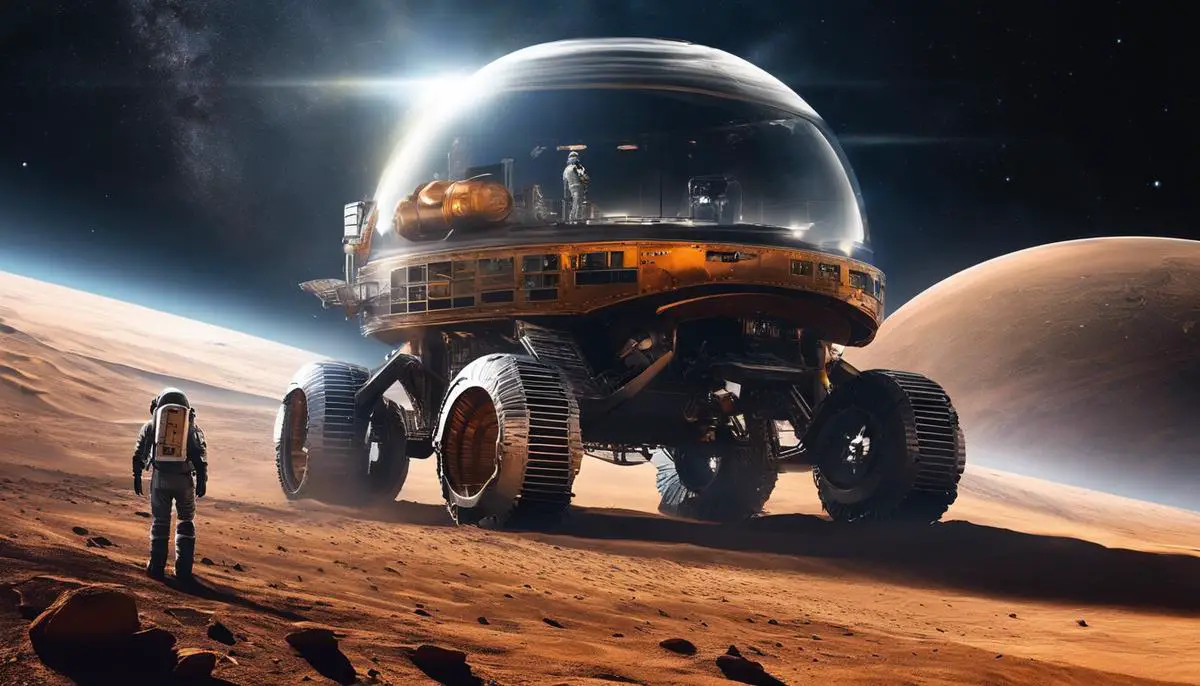
The influence of the Apollo program stretches far beyond its primary mission of landing humans on the moon. It’s a testament to human ingenuity and a catalyst for technological creativity that continues to inform the direction of several industries. Whether it’s the pacemaker in a heart patient’s body, the compact electronics in every individual’s pocket, or the satellite imagery mapping changes on Earth’s surface, the fingerprints of this iconic program are indelible and omnipresent. As we face the prospect of renewing moon missions and contemplating journeys to Mars and beyond, it is evident that the future of technology transfer from space programs holds extraordinary possibilities. Through this journey into the past, we gain insight into our future, one forever shaped by the legacy of the Apollo program.
